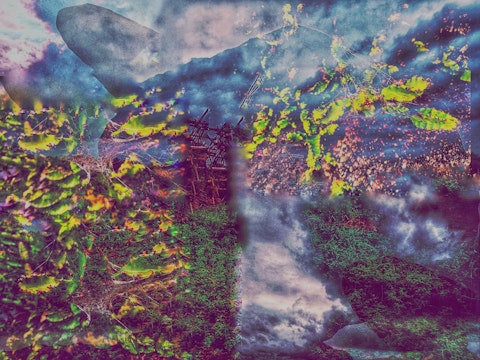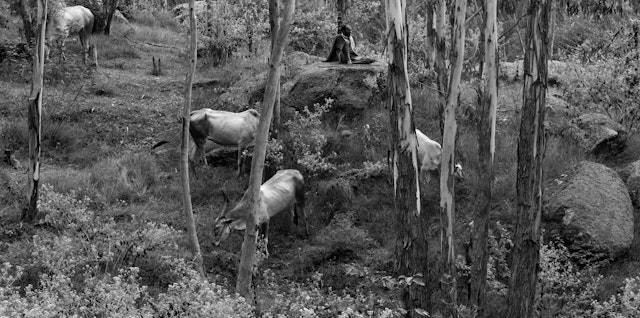In Situ Geology Lecture
Geologist Thejaswi Shivanand shows us how to 'read' the landscape in this 360° video
Geologist Thejaswi Shivanand shows us how to 'read' the landscape in this 360° video
Play it on your phone and change the orientation to look in different directions!
It's a particular type of melt called rhyolite. When it erupts outside as lava it forms particular types of very slow moving lava. It doesn't flow. You think of lava as something that's flowing and red, and you know that's only one type of lava called basalt. Rhyolite forms massive domes when it erupts, and then the dome collapses and you have a massive explosive eruption. But when it cools inside as a body, and if it doesn't erupt, which is what happened with this, it doesn't come out. It was underneath and it didn't find a way out. It slowly cooled and in the process of cooling there's a chemical differentiation that happens where different chemicals cool differently because of slight differences in temperature within the entire mass. And because of the slight cooling differences in that entire mass the chemicals come together differently and they acquire different properties. Depending on how fast they cool and how slow they cool you have different crystals. Fast cooling typically results in smaller crystals. Slow cooling reflects larger crystals. So the difference in the time scale of cooling is millions and millions of years. In fact that is a question that's still being addressed because you don't have direct access to these processes. This happened when the earth was much hotter and the crust was much thinner.






